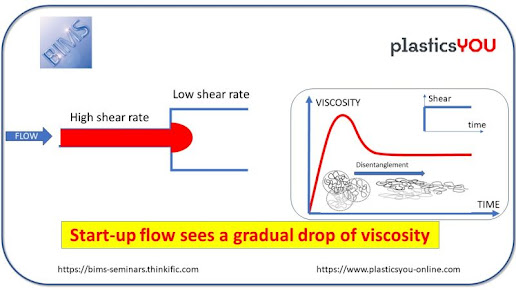The challenge of recycling carbon fibre
Gosau is Environmental and Energy Programs Manager for research company, Adherent Technologies Inc (ATI) based in Albuquerque, New Mexico, USA. The company has worked on recycling processes since 1995, with $3 million (€2 million) in funding along the way from the US Departments of Defense and Energy and an alliance with Titan Technologies. Titan is an Albuquerque developer of a pyrolysis process for recycling automobile tyres.
“In the mid-1990s,” Gosau indicates, “we ran the gauntlet with pyrolysis, trying to hit just the right temperature/oxygen content sweet spot, and decided it was not optimal for CFRP recycling as our primary process.”
ATI has evolved a catalytic conversion technology centred around its batch-based carbon fibre recyclate processing, combining three different processes studied over the past decade, each with specific advantages and limitations.
Vacuum pyrolysis, a dry process operated at around 500°C (932°F), recovers resins as marketable liquids and can be easily scaled up to multi-tonne capacity. At this temperature, however, fibre product may retain oxidation residue or char.
The company’s low-temperature liquid process operates at 150°C (302°F), runs at less than 150 psi on standard equipment, and produces a market-ready fibre, but is not particularly tolerant of scrap contaminants (such as metal, wire, paint and sealants). The high temperature liquid option (around 300°C/572°F) produces clean fibres from most composites, but requires customised equipment and is currently not considered necessary for commercial recyclate production. Phenol has proven a good choice as initial heat transfer fluid for both wet processes; the breakdown products of the resin can be recycled into glue for the production of plywood.
ATI has demonstrated its low-temperature wet process in combination with vacuum pyrolysis for the removal of insoluble contaminants in a pilot-scale reactor capable of processing 23 kg (50 lbs) an hour.
Gosau adds that testing of its recycling technology on CFRP scrap with multiple resin chemistries indicates that the combination of dry and wet processes is the best way to maximise recyclate quality. Low temperature wet chemical processing removes the bulk of the resin and some contaminants, followed by thermal post-treatment through vacuum pyrolysis to eliminate remaining resin and produce 99% fibre purity.
“This may not result in the most elegant processing,” Gosau concludes, “but we can handle the true mixed soup of CFRP waste without the need for time-consuming and expensive hand sorting, making it financially viable. Further, the combined approach eliminates the need for any solvent use.”
ATI’s recycling technology used this combined approach to recycle scrap from test articles built within the Boeing 787 Dreamliner programme. The thick laminate structure, which utilises a thermoplastic toughener in an interlayer between the carbon fibre/epoxy layers, presented near intractability in terms of recyclability. Application of ATI’s low temperature wet process completely dissolved the epoxy but left the toughener behind. Next, vacuum pyrolysis at 525°C (977°F) removed the toughener and other contaminants.
Commercially viable
For any company involved in the development of the CFRP recycling industry, there is a performance perception problem to be dealt with. This is the idea that recycled carbon fibres are of secondary or “lesser than” quality than virgin carbon fibre (VCF). While recyclate properties vary, leading R&D indicates that properties reduction of only 3-5% compared to VCF has been exhibited in reclaimed chopped and milled fibres used to make thermoplastic compounds such as bulk moulding compound (BMC).
Even when recyclate with performance properties comparable to VCF, evolving the business of CFRP recycling involves formidable requirements. Gosau lists those as “consistent scrap availability, appropriate size reduction technologies for the CFRP waste, established process parameters, the infrastructure for secondary operations such as material collection at a manufacturer’s site, and eventually, creation of standardised recyclate product properties.”
Currently, ATI’s recycling technology solutions await licensees or possible turnkey operations partners, though Gosau verifies them as “robust and definitely commercially viable for proceeding to next-level production at 1000 tonnes/annum.” Further, at the suggested price of US$5/lb for recyclate, the company believes a reasonable profit can be made.

Comments
Post a Comment